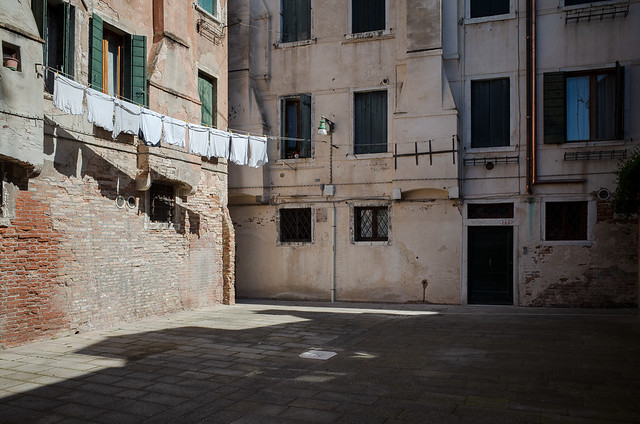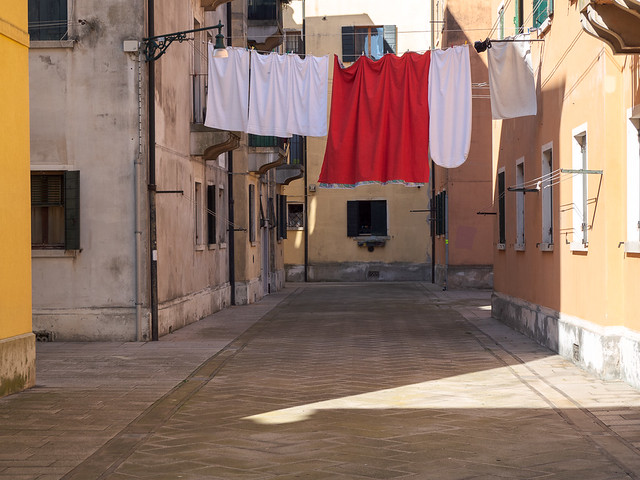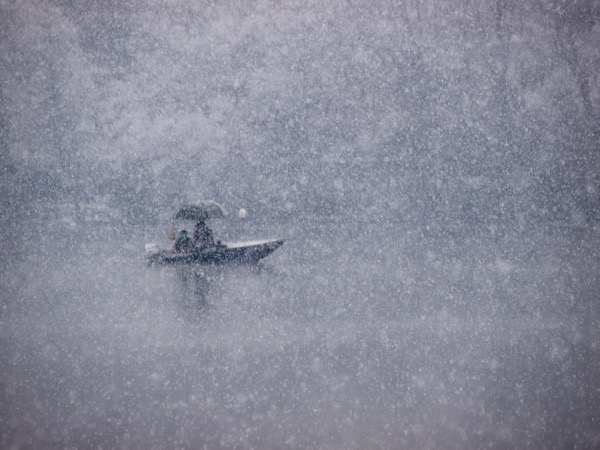Olympus M.Zuiko ED 12-45mm f/1:4 PRO review
well, my idea of a review, that is
So, here’s a gear review. It’s not tongue in cheek, nor is it sarcastic, but it is purely subjective, is grounded solely on my own needs and desires, and has absolutely no measurements or “tests”.

I didn’t need the (deep breath) Olympus M.Zuiko Digital ED 12-45mm f/1:4 PRO lens. I’ve already got far too many Olympus lenses, including the near-overlapping M.Zuiko 12-40 f/2:8 PRO, and the M.Zuiko 14-42mm F3.5-5.6 EZ (“AMATEUR” I assume). And of course I don’t actually “need” any of this stuff. However I have long wished for Olympus to break out of the “high quality lenses have to be fast and heavy” mindset, and offer smaller lenses that do not compromise on quality (either optical performance or handling). To some extent they made a move towards this with the 12-100mm f/4 PRO, although nobody would describe that lens as small or light - even if relatively, it is. So, given all of this, when this 12-45 PRO was announced, I was interested.

The new tiny 12-45 f/4 PRO versus the giant 12.40 f/2.8 PRO. Take your pick.
While the rough direction of my photography tends towards relatively exotic travel, especially the higher latitudes, clearly I don’t do that everyday. But photography is part of my everyday life, and while I don’t necessarily share much of my day to day, mundane photography, I still do it, still enjoy it, and it keeps me in practice. So, having a compact but quite nice and high-ish quality system is enticing. On the camera side, the OM-D EM5 Mkii fits the bill, but the existing 12-40mm PRO lens is a touch unbalanced on that body, especially without the various bolt-on grips and baseplates. And the 14-42 EZ isn’t very inspiring, at least my copy isn’t, although it was probably better before it had a fairly traumatic trip around Colombia.
Yes but. The 12-45 PRO lens is quite expensive, and from my point of view, hardly essential. However, when shopping at my favourite online store the other day (for mosquito repellent) I noticed a very interesting “open box” offer for the lens, some 30% off standard price. At that price I thought it was worth a go, especially right now it might be a good idea to buy up Olympus lenses while we still can.
So here it is. I’ll skip the unboxing ritual, although it is worth pointing that this lens comes with a rather nice soft cloth wrap, rather than a clumsy pouch, which could actually be useful. As opposed to all other PRO lenses (and a number of AMATEUR ones), it has no “manual focus clutch”. This is no big deal - in my opinion this is only really useful on prime lenses. I can switch to manual focus on the flick of a switch on the camera body anyway. Otherwise it is clearly a member of the PRO family, both by design and heft. Addressing the number one question, is it really that much smaller than the 12-40 PRO? Well, side by side there is less in it than you might expect. But when mounted on the EM-5 MkII, the difference is very noticeable. While the 12-40 PRO unbalances the handling (to some extent, let’s not exaggerate), the 12-45 PRO feels absolutely perfect.


So, I bolted the the Olympus M.Zuiko Digital ED 12-45mm f/1:4 PRO lens on the front of OM-D E-M5 MkII body (sorry, I seem to be drifting slightly towards the Sarcasm Sea here, I’ll try to stop it) and took it for a brief walk while waiting for a doctor’s appointment (I’m fine, thanks for asking). Unfortunately - or not, who knows - I didn’t notice that the camera was still set to use a custom colour setting I’d been playing around with, and to record in JPEG. Just as well I’m not into “tests”.

My initial impression was just it was just seamless to use. It fits perfectly onto the E-M5, and is a really nice, flexible walk around lens. The zoom range is very useful, and it does have one special trick up its sleeve in that is has a very short minimum focus distance of 12cm at all focal lengths. This gets close to macro range. It’s sharp - at least as sharp as the 12-40 PRO - and as far as I can tell at all focal lengths, starting from wide open. Of course, wide open is “only” f/4, which some bespectacled angry geek will pop up and correct to “f/8”, but that’s part of the design. Frankly f/4 is good enough for me. I’m far more often struggling getting enough depth of field rather than complaining I’ve got too much. Of course it could be brighter, but then it would be a 12-40 f/2.8, and, well, start at the beginning if you didn’t get the message on that yet.

A close focussing test. At focal length 12mm.
I’m pleased I bought this lens, although the special price had a lot to do with it. It has its own niche, and for me that will be getting glued to the front of my E-M5 MkII. This, and just maybe the 17mm f/1.8, will fit very nice into a corner of my small Domke shoulder bag, and be a perfect companion for casual photography. Which is most photography, for me.


All photos taken around Mendrisio, Ticino, Switzerland.







